Raw materials for processing: secret of beaver glands; Types of raw materials obtained: tincture, absolute, concretes (also called rubberoid); Methods of production: extraction, distillation; Olfactory group: animalistic; Position in the olfactory pyramid: middle and base notes. Castoreum is the secret of beaver glands, with which animals mark the territory and rub on their own fur to protect it from getting wet. The main source of castoreum is Canada and Russia. Castoreum is much cheaper than civet and is widely used in perfumery, especially in fragrances for men. It can be part of chypre, fougere, leather fragrances, tobacco and oriental bases, etc. Olfactory characteristics include warm, sweet, leather and animalistic aspects, and castoreum can also cause associations with gouache paint, due to the "viscosity" and softness of the smell. If the glands of an animal are dried over an open fire, then their contents acquire smoky shades. In modern perfumery, natural castoreum is used less and less for ethical reasons and is being replaced by synthetic perfume bases. Among the fragrances presented this year are Antey Chanel, Mona di Orio perfume, Scimitar Karon, Chypre 1950 Yanfroloff, Africa Oliphant Nishan, Perfume from the best imaginary women, perfume from the creators of new fragrances. Russian perfumery in Art Deco style, "Quality of flesh for home", Fetish Pour Homme Roja Dove, Beaver 2016 Zoologist perfume, Salome Papillon Artisan Perfume, etc.

0%

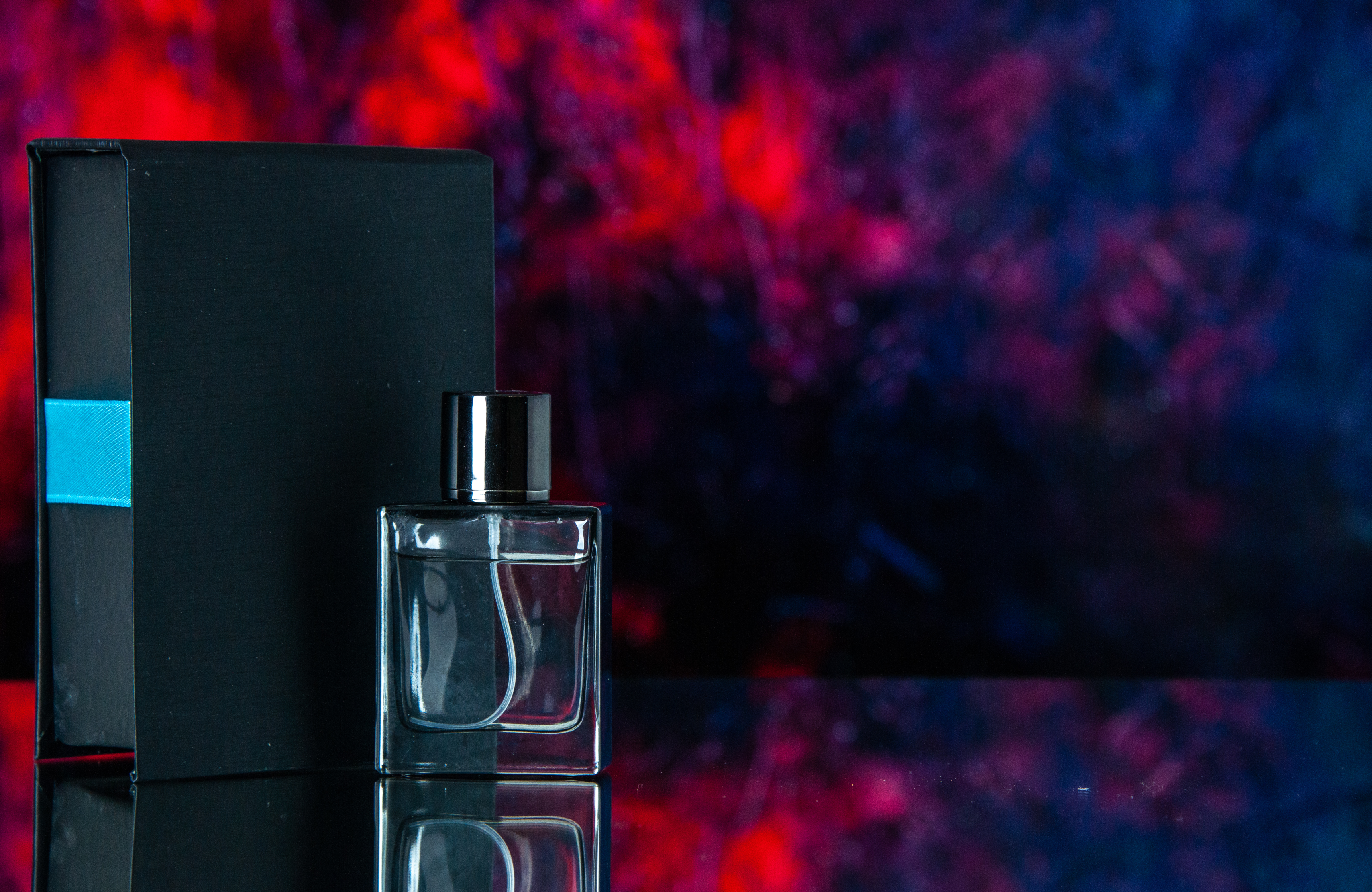
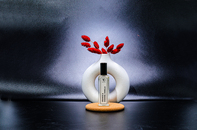
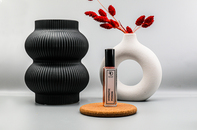

.jpeg)
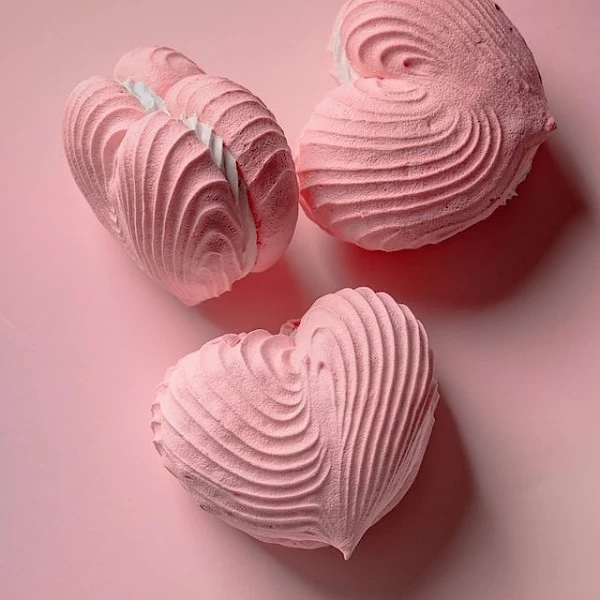
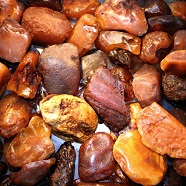
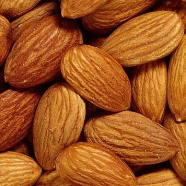
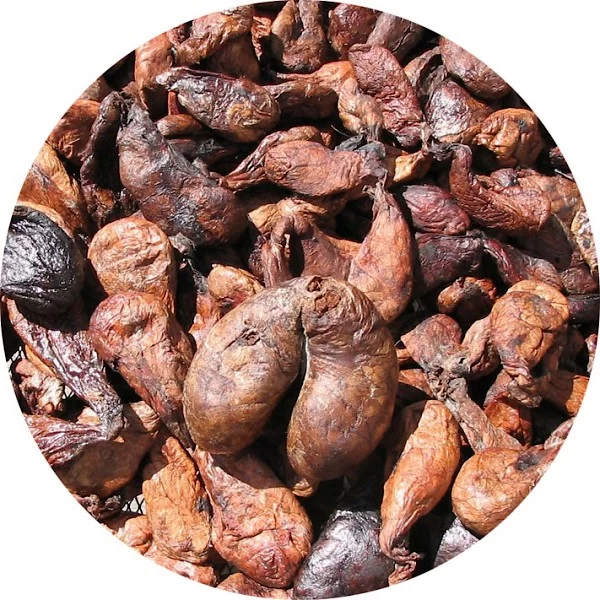
.svg)
